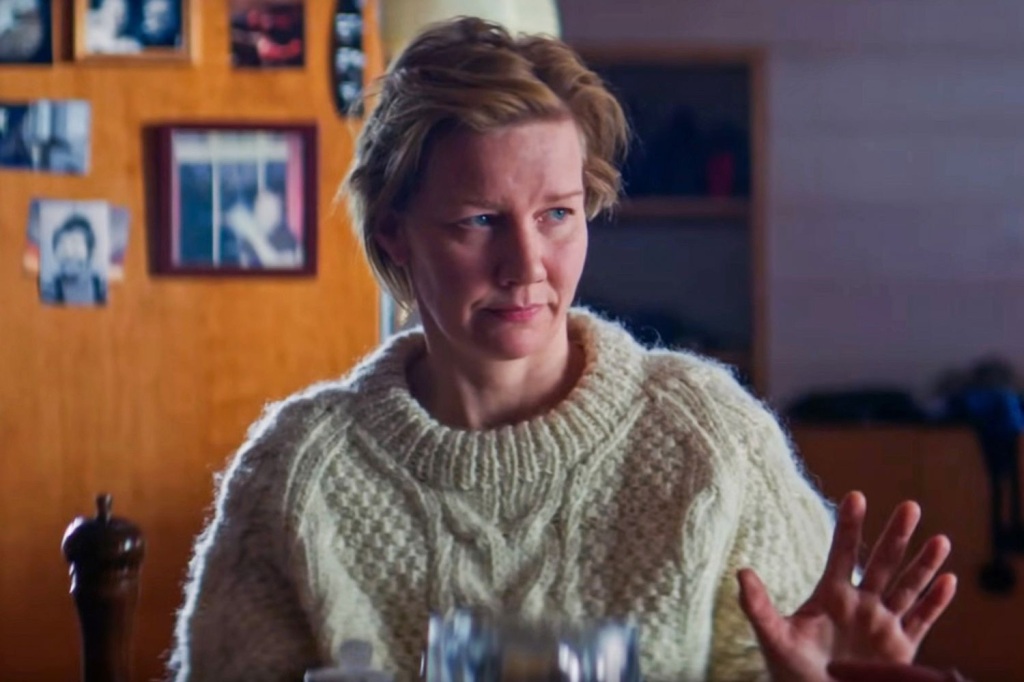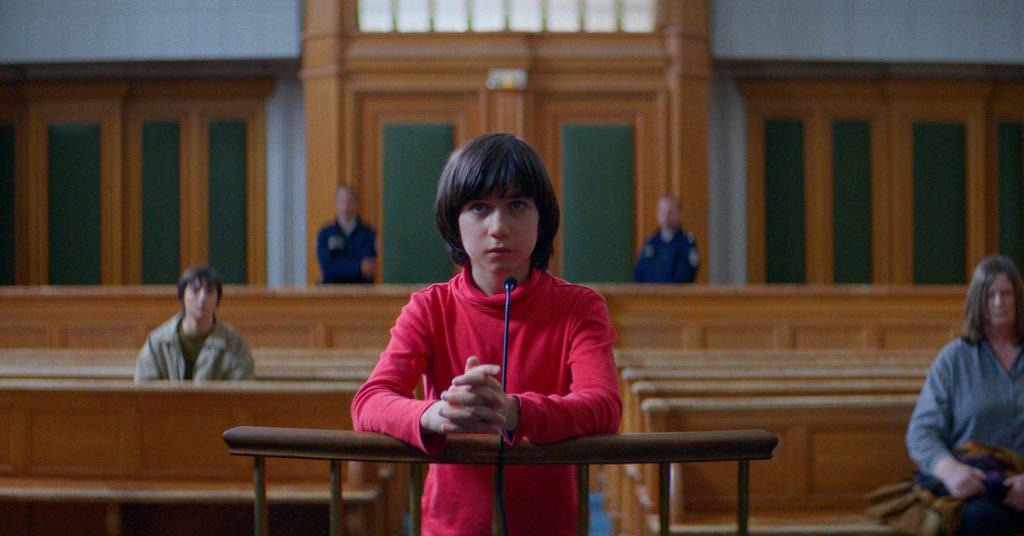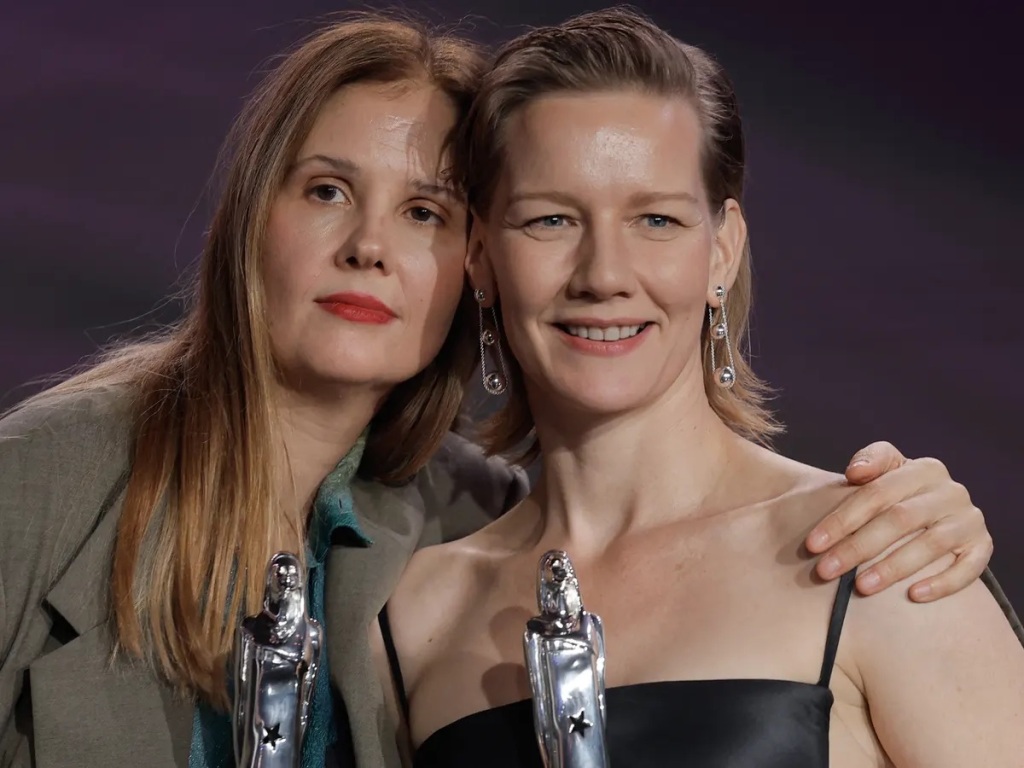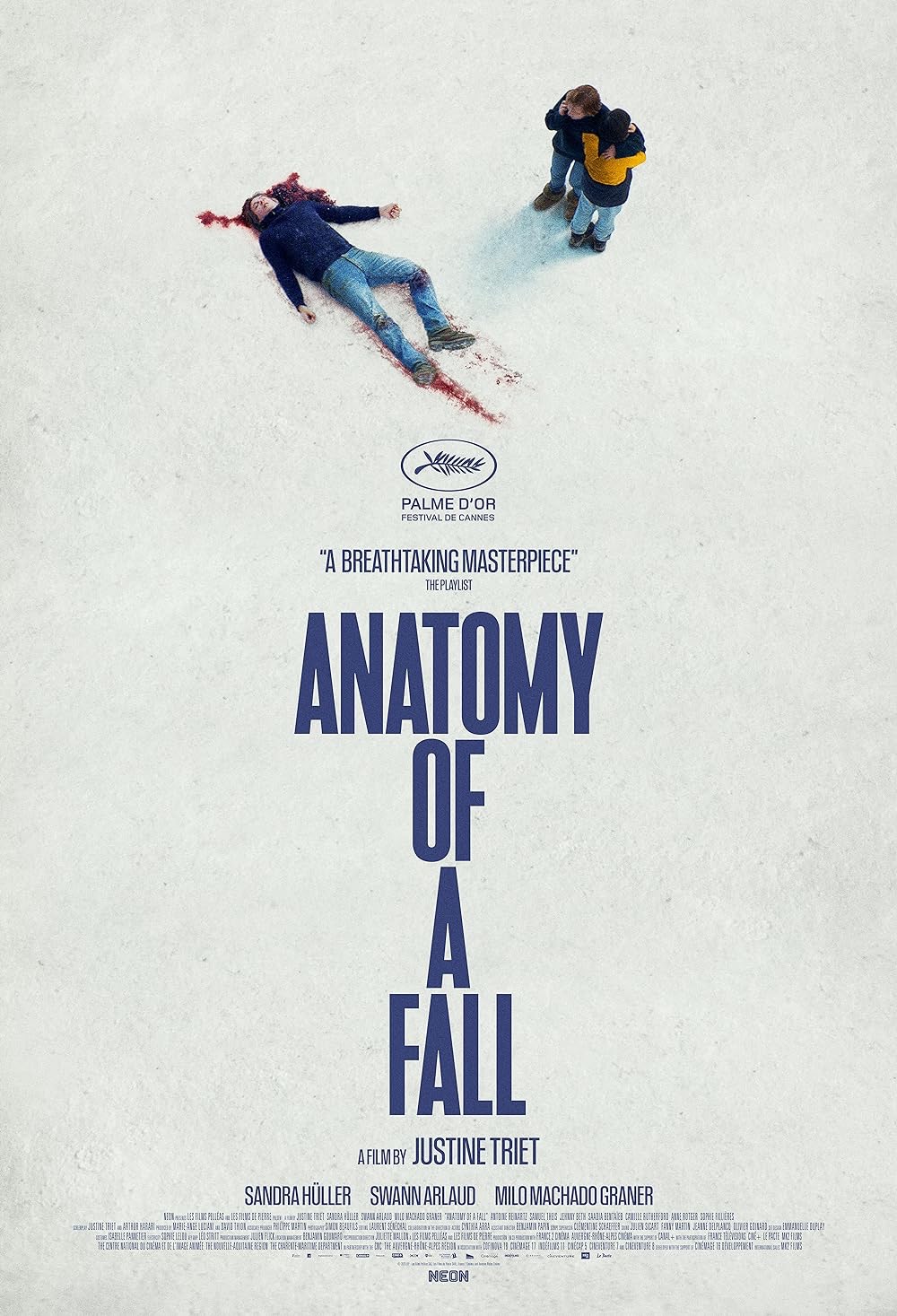Finally had the time to sit down for almost three hours in the evening to watch Anatomy of a Fall, French filmmaker Justine Triet’s take on the courtroom drama which won her not only the Palme d’Or at the Cannes Festival but also a nomination for Best Picture at the Oscars this year.
Most reviews of the movie talked about the efficacy of the script and how it matches the pace standard expected from the courtroom drama genre, but I thought the film did so much more than that. From the confined spaces of the courtroom and of the house Triet unpacks a story that encompasses much more psychologically, a much darker story of ambition, guilt and the uncrossable abysses in a seemingly normal marriage between two intellectually matched people, one who went on to become a successful writer and the other who is unable to finish a novel and is relegated to the profession of teaching.
In fact, the way we view the movie is crucial. The shots and angles are uncompromising. The camera is not kind to the characters, often zooming in and holding their faces in its gaze for a long time. The same can be said for the setting. Throughout the film, almost every angle of the house is shown, sometimes as stills, as if everything is subject to cold, hard analysis.
Facts. That is what both defence and prosecution stress they must stick to as they battle out their speculative theories on whether the fall of Samuel was Sandra’s deliberate act or a voluntary one.
As the tension between defence and prosecution become more and more heated over the location of blood spatters, the semantic ambiguity of the word “seduction”, the sexual preferences of Sandra Voyter (the accused and protagonist of the film), there was a sense of a relationship being meticulously dissected. It seemed almost certain that Sandra had in fact a hand in her husband’s death. As more and more facts were presented, the story seemed to become darker and more complicated, and Sandra seemed pushed to the point of no return.

The climax and turning point of the film occurred when their son Daniel insisted to testify in court. Up until then the whole film seemed to be about whether Sandra did it or not, but with a screenwriting sleight-of-hand the child’s perspective, which is latent throughout the film (in the form of shots of Daniel attempting to play Albeniz’s “Asturias” and Chopin’s Prelude in E minor on the battered upright piano), suddenly expands beyond the scope of the courtroom, beyond the retrospectively tunnel vision we the viewers—and all the other adult protagonists in the film—have entered of a doomed relationship. We, who have come to “believe”, near the end of the film, that evidence presented and argued will lead to the truth, are suddenly made to see the absurdity of it all, the absurdity of finding the truth by examining every piece of evidence.

In that sense, Anatomy of a Fall transcends the courtroom drama genre by being self-conscious of itself as a courtroom drama. As Marge Berger (played by Jehnny Beth) tells Daniel the day before he steps up to testify, “sometimes when we are overcome by doubt, the only way is to choose a side” (or something to that effect). In the end, despite the 2.5 hour-long evidence-fest and battle of legal wit, the jury (and the viewer too) must decide what to see. The evidence gives you an idea of the story of the marriage, but you don’t come any closer to the truth no matter how detailed you go.
Despite the verdict at the end, the audience is left with an ambiguous feeling, and the film gives no more answer. When asked by Sandra Hüller (the main actress), Justine Triet famously refused to give an answer on whether the character did in fact “do it” or not, because she didn’t know.
Of course, the actors are all to be commended (and the Best Actress nomination at the Oscars for Sandra Hüller is so well deserved) but the screenplay is exemplary in the fact that it manages to ask more questions than it answers and presents an incredibly nuanced and complicated marriage relationship even within the framework of a courtroom drama.
In Justine Triet’s Anatomy of a Fall, content transcends form and its message is all the more poignant because of that.

Featured image credits to IMDB.

Leave a comment